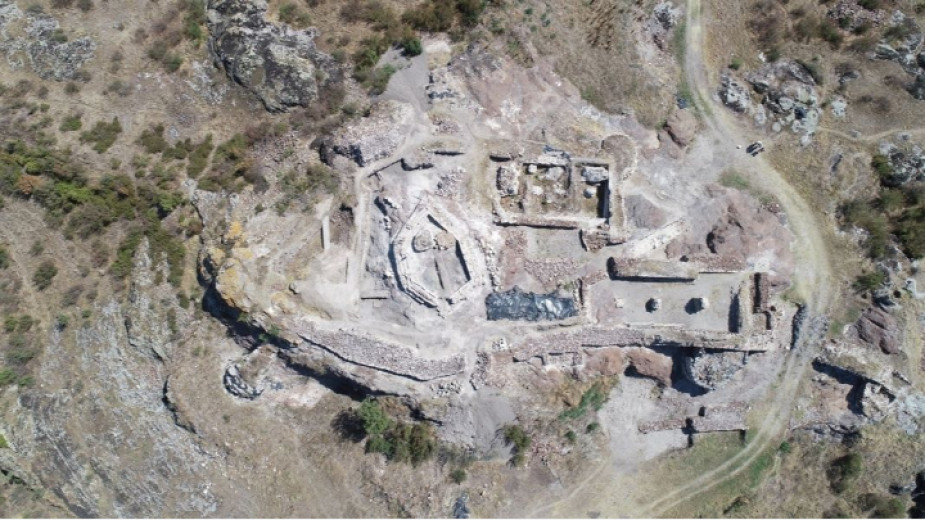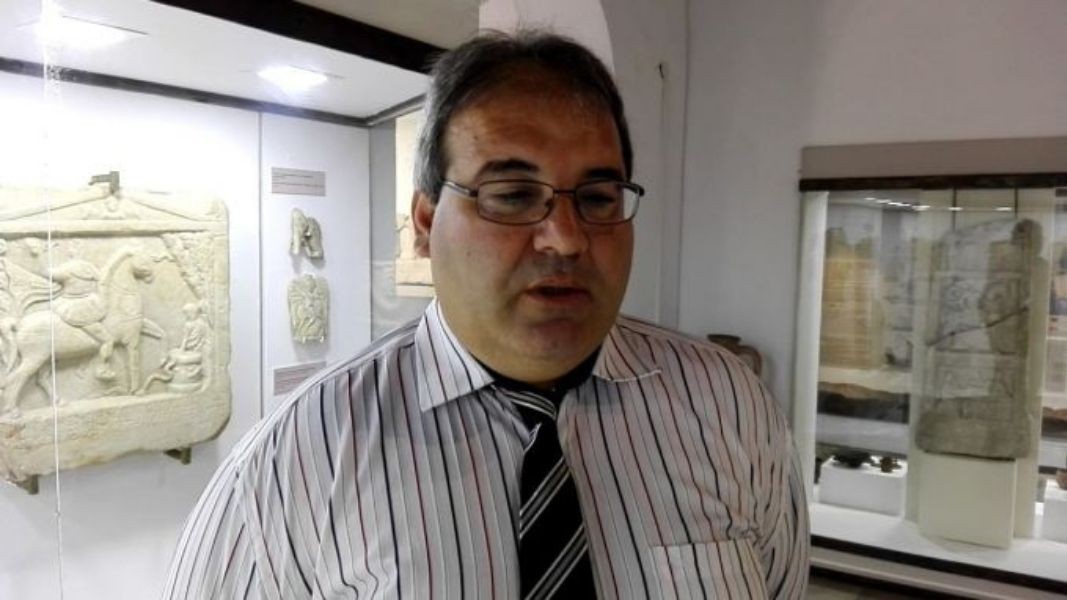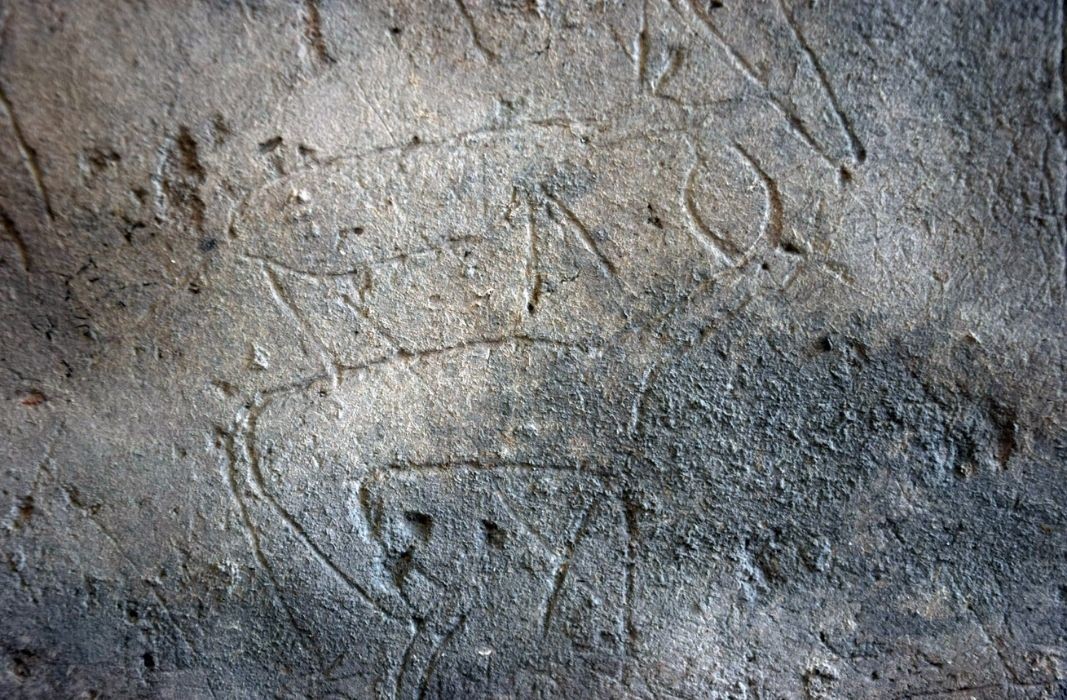 4
4
More than 50 graffiti drawings dating 700 years ago came to light in an exploration of the castle of the mediaeval town of Rusokastro. They are depicted on the walls of the water reservoir, some of them reaching 30 cm in length and 25 cm in height.
Rusokastro Fortress was built on an ancient Thracian sanctuary on the territory of Strandzha Mountain in southeastern Bulgaria. It is famous for the fact that in 1332 it became the scene of a spectacular battle, which ended with the victory of the Bulgarian Tsar Ivan Alexander over the Byzantine army led by Emperor Andronicus III. The fortress was destroyed during the Ottoman campaigns in 1443. The site has been studied for years, and the images discovered a few days ago shed new light on its tumultuous past.
Milen Nikolov - head of the excavations and director of the Regional Museum of History in Burgas, does not hide his excitement when he talks about the magnificent drawings that his team came across while exploring the cistern (place for collecting rainwater) of the castle:

„Основно това са животни - кошути, елени, турове, коне, магарета… Има много птици! Има, разбира се, и конници, кръстове. И един надпис имаме. Кораби, страхотни кораби имаме! Те са три, единият от които прекрасен!“
"Basically these are animals - hinds, deer, turkeys, horses, donkeys... There are many birds! There are, of course, horsemen, crosses. And we have an inscription. Ships, we have great ships! There are three of them, one of which is wonderful! ”
And more - on the walls of the reservoir images of snakes, octopuses, fantastic sea monsters and mythical creatures come to life! It remains to be seen whether the drawings recreate an entire folklore story or are separate images. The graffiti were applied with a sharp metal object directly on the plaster of the reservoir.

"These drawings represent living life. These people painted things they saw around them. This is a folk culture!,” says Milen Nikolov.
The images from Rusokastro are extremely valuable, as they reflect the views and spiritual culture of the more ordinary people in the Middle Ages. This is not an elite culture, such as the churches and monumental buildings built by the king and the highest aristocracy, archaeologists are unanimous. In this case, the images are a mirror of the worldview of the population in our lands.
The cistern on which they are depicted was built at the end of the 13th century, when the drawings themselves date back. Similar ones were found in Nessebar, in the churches of Saint Sophia and of the Holy Theotokos of Perivlepta in Ohrid (North Macedonia), as well as in some caves and rock monasteries in Northwestern Bulgaria. But most such images are found in the old Bulgarian capitals Pliska and Veliki Preslav - a total of nearly 190 drawings.
Currently, the places with the paintings in Rusokastro are being strengthened and preserved in order to be best protected for the upcoming winter season.
Compiled by Veneta Nikolova / based on an interview of Stefka Bakardzhieva, BNR-Burgas /
English version Rositsa Petkova
Photos: Regional Museum of History in BurgasOne of the most renowned Bulgarian poets, Atanas Dalchev, was born on June 12, 1904, in Thessaloniki, in a wealthy family living near the White Tower. His father, Hristo Dalchev, was among the most prominent Bulgarian citizens in Thessaloniki. He was a..
Bulgaria has been a member of the EU since 1 January 2007. However, Bulgaria had representatives in the European Parliament before its official membership. In 2005, the National Assembly elected 18 Bulgarian MPs who had the status of Euro observers...
The exhibition "The Lords of Salt: Provadia - The Saltworks 5600 - 4350 BC" will be presented in Sofia. The temporary exhibition will be officially opened on June 11 at the National Archaeological Institute and Museum of the Bulgarian Academy of..
Sofia University St. Kliment Ohridski is to play host to more than 300 scholars from all over the world at the traditional international conference of the..

+359 2 9336 661
